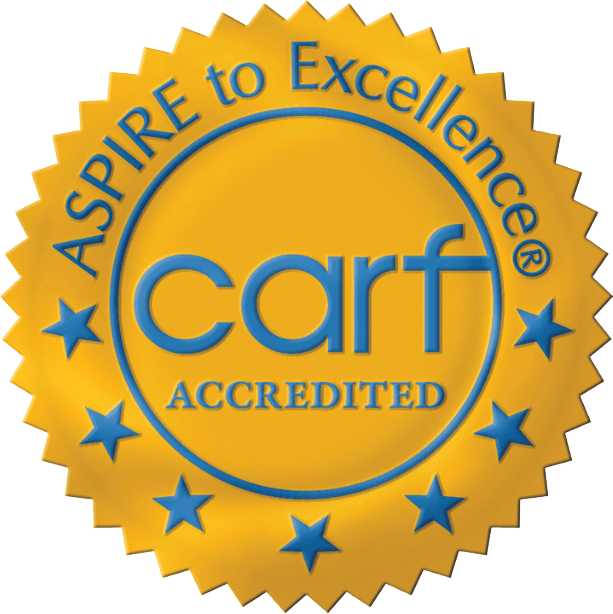Infection & Communicable Disease Procedures
Infection & Communicable Disease Procedures – Stakeholder Overview
Scope
These procedures apply to all settings where services are delivered — including our facilities, offices, transportation units, community sites, and remote telehealth environments.
They are designed to safeguard clients, staff, visitors, and community partners by minimizing infection risk, ensuring early identification, and maintaining continuity of care.


Purpose
Our organization’s infection and communicable disease procedures protect the health, dignity, and safety of every individual who interacts with our programs.
We follow a proactive, prevention-first model that emphasizes:
Prevention
Reducing risk through universal precautions and environmental controls.
Identification
Recognizing signs of illness early and responding quickly.
Reporting
Maintaining clear, confidential communication channels.
Investigation
Reviewing and responding to exposures with transparency.
Control and Mitigation
Taking timely, proportional steps to protect all stakeholders while keeping essential services available.
1. Prevention
Prevention begins the moment anyone enters our facilities or engages in a telehealth session.
Standard and Universal Precautions
- Hand hygiene stations are available throughout our offices.
- High-touch areas are disinfected on a routine schedule, and air circulation systems are maintained for optimal ventilation.
- Staff follow universal precautions at all times and use gloves, masks, or other protective equipment as appropriate.
- Visitors and stakeholders may also be asked to follow safety measures during periods of elevated risk.
- Shared items such as pens, clipboards, or utensils are minimized to reduce surface transmission.
Telehealth and Remote Services
- Participants and staff are expected to connect from clean, private, well-ventilated environments.
- Devices and surfaces used for telehealth sessions are sanitized before and after use. Sessions are never conducted while driving, operating equipment, or in unsafe or public settings.
Vaccination and Screening
- Vaccination is encouraged as guided by personal healthcare providers, though it is not required for participation or visitation.
- During public-health advisories or seasonal surges, brief symptom or exposure screenings may occur at check-in or entry points. Screenings are private, quick, and designed solely to guide safe care delivery.
2. Identification
Early detection prevents further spread and supports rapid, appropriate care.
- Staff are trained to recognize common signs of contagious illness, including fever, cough, sore throat, shortness of breath, vomiting, rashes, or eye drainage.
- Individuals showing symptoms on site may be respectfully relocated to a private area while next steps are coordinated.
- For home-based or community visits, participants and caregivers are encouraged to report symptoms in advance so precautions can be taken.
3. Reporting
We maintain open, confidential communication regarding illness and exposure.
- Symptoms, positive tests, or exposures may be reported by phone, through our secure portal, or during appointment check-in.
- Visitors who feel unwell are asked not to enter the facility; instead, they should call for instructions.
- Shared information—such as symptom onset dates and recent visits—helps protect others and is kept strictly confidential, disclosed only as necessary to meet health and legal requirements.
- Severe or emergency symptoms should always be reported to 911 first, followed by notifying the program.
4. Investigation
When an exposure or incident occurs, the response is prompt, professional, and respectful.
- A designated staff member reviews the event, documents details, and determines who may have been in close contact.
- Impacted rooms, vehicles, or equipment are disinfected immediately.
- Public-health guidance informs further actions, which may include temporary mask use, reassigning rooms, switching to telehealth, or issuing limited notifications.
- Notifications share only what individuals need to know to protect their health—never private medical details.
5. Control and Mitigation
Our control measures are designed to reduce risk swiftly without unnecessary service interruption.
- Individuals who become ill on site are assisted to a safe, private location until they can depart.
- Cleaning and ventilation protocols intensify temporarily in affected areas.
- Short-term measures such as mask advisories, adjusted seating, or brief service rescheduling may be implemented.
- Return-to-site clearance follows current public-health recommendations—symptoms improving, fever-free for at least 24 hours, and any required isolation completed.
- For staff or clients with ongoing health vulnerabilities, accommodations such as private waiting areas or telehealth continuation are available.
After each event, leadership reviews response effectiveness and identifies environmental or procedural improvements—for example, repositioning sanitizer stations, revising signage, or refining appointment flow.
Stakeholder Assurance
Stakeholders can be confident that:
- All procedures align with CDC, OSHA, and state/local health department guidance.
- Staff receive routine training on infection prevention, reporting, and emergency response.
- The organization maintains an Infection Control Log and continuous quality-improvement reviews to monitor compliance.
- Lessons learned from any incident are incorporated into updated procedures and staff orientations.
These measures ensure a consistent standard of protection for clients, personnel, and all stakeholders who enter or engage with our facilities and programs.
Contact and Communication
For questions, partnership inquiries, or to request a copy of our full Infection Control Plan:
Accredited by the CARF International
At Community Wellness Outpatient Mental Health Center, we pride ourselves on our accreditation from CARF International, a testament to our commitment to delivering high-quality mental health care. This recognition ensures that we meet rigorous standards for service excellence and patient care, reinforcing our dedication to providing compassionate, effective, and accessible support for your mental wellness journey.
At Community Wellness , we nurture healing and build resilience. Reach out to us today and take the first step toward a healthier, happier life.
If you or someone you know is experiencing a life-threatening emergency, please call 911 or the National Suicide Prevention Lifeline immediately.

